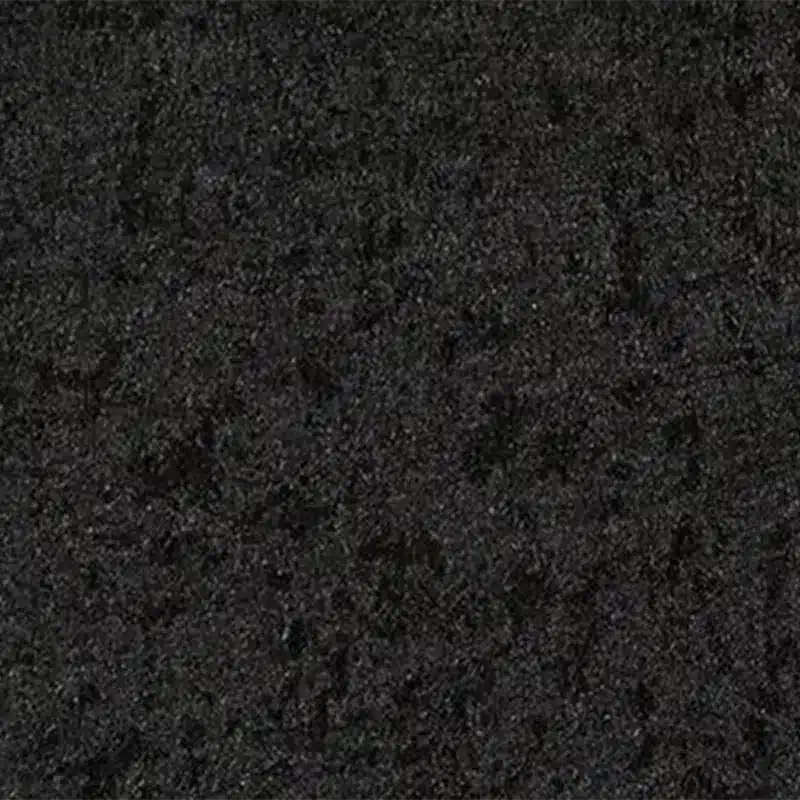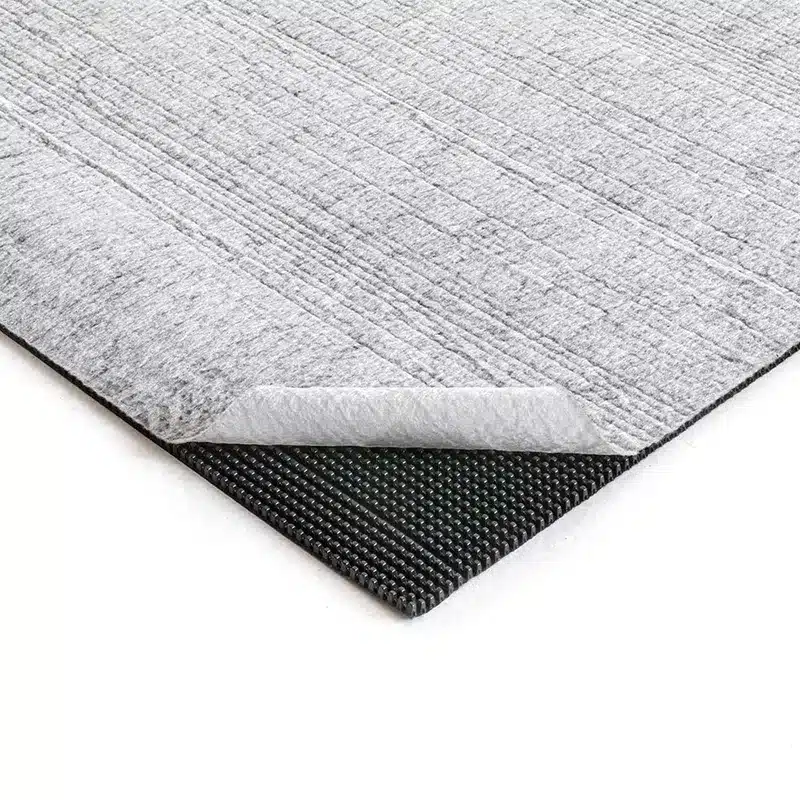+86-159 9860 6917
info@geofantex.com
geofantex@gmail.com
+86-400-8266163-44899
In the quest for sustainable environmental management and construction practices, the use of geotextiles has emerged as a cornerstone technology. Particularly, when it comes to managing silt—a fine-grained soil that can pose challenges to both agricultural productivity and construction projects—geotextiles offer innovative solutions. This article delves into the world of geotextiles designed for silt management, exploring their benefits, applications, and the science behind their effectiveness.

What is Geotextile, and How Does It Work with Silt?
Geotextile is a permeable fabric that, when used in association with soil, can separate, filter, reinforce, protect, or drain. Made from synthetic fibers or natural materials, geotextiles are designed to enhance soil stability and manage erosion. When applied to silt-heavy areas, geotextiles act as a barrier that allows water to pass through while preventing the silt from washing away. This is crucial in preserving soil integrity, preventing sedimentation in water bodies, and supporting the foundation in construction projects.
Why is Managing Silt Important?
Silt, with its fine particles, can easily erode and be carried away by water. This not only leads to the loss of fertile topsoil in agricultural settings but also contributes to sedimentation in rivers, lakes, and streams, affecting aquatic life and water quality. In construction, unmanaged silt can compromise the stability of structures by weakening foundations. Therefore, effectively managing silt is essential for environmental conservation, agricultural productivity, and the longevity of infrastructure.

What are the Environmental Benefits of Using Geotextile for Silt?
The environmental benefits of using geotextile for silt management are significant. Firstly, it reduces soil erosion, preserving the land’s fertility and preventing sediment from entering water bodies. This protection helps maintain biodiversity in aquatic ecosystems and ensures cleaner water sources. Additionally, geotextiles made from biodegradable materials can offer an eco-friendly solution that minimizes the environmental footprint of construction and agricultural activities.
How is Geotextile for Silt Applied in Real-World Scenarios?
Geotextile for silt is versatile and finds application in various real-world scenarios. In agriculture, it’s used to line irrigation canals to prevent silt from clogging the water flow. In construction, geotextiles are laid beneath roads, embankments, and foundations to stabilize the soil. They are also employed in coastal and riverbank protection projects to prevent erosion and in landscaping to maintain the aesthetic and functional integrity of the soil. The adaptability of geotextiles makes them a valuable tool in diverse settings, from rural farmlands to urban construction sites.
The integration of geotextile technology in managing silt represents a significant advancement in both environmental conservation and construction engineering. By offering a sustainable solution to soil erosion and sediment control, geotextiles help preserve natural landscapes, support agricultural productivity, and ensure the stability of infrastructural projects. As we continue to face the challenges of soil management in an ever-changing environment, the role of geotextile for silt becomes increasingly vital, showcasing the power of innovative materials in harmonizing human activities with the natural world.



Get Free Sample
We’ll respond as soon as possible(within 12 hours)






















